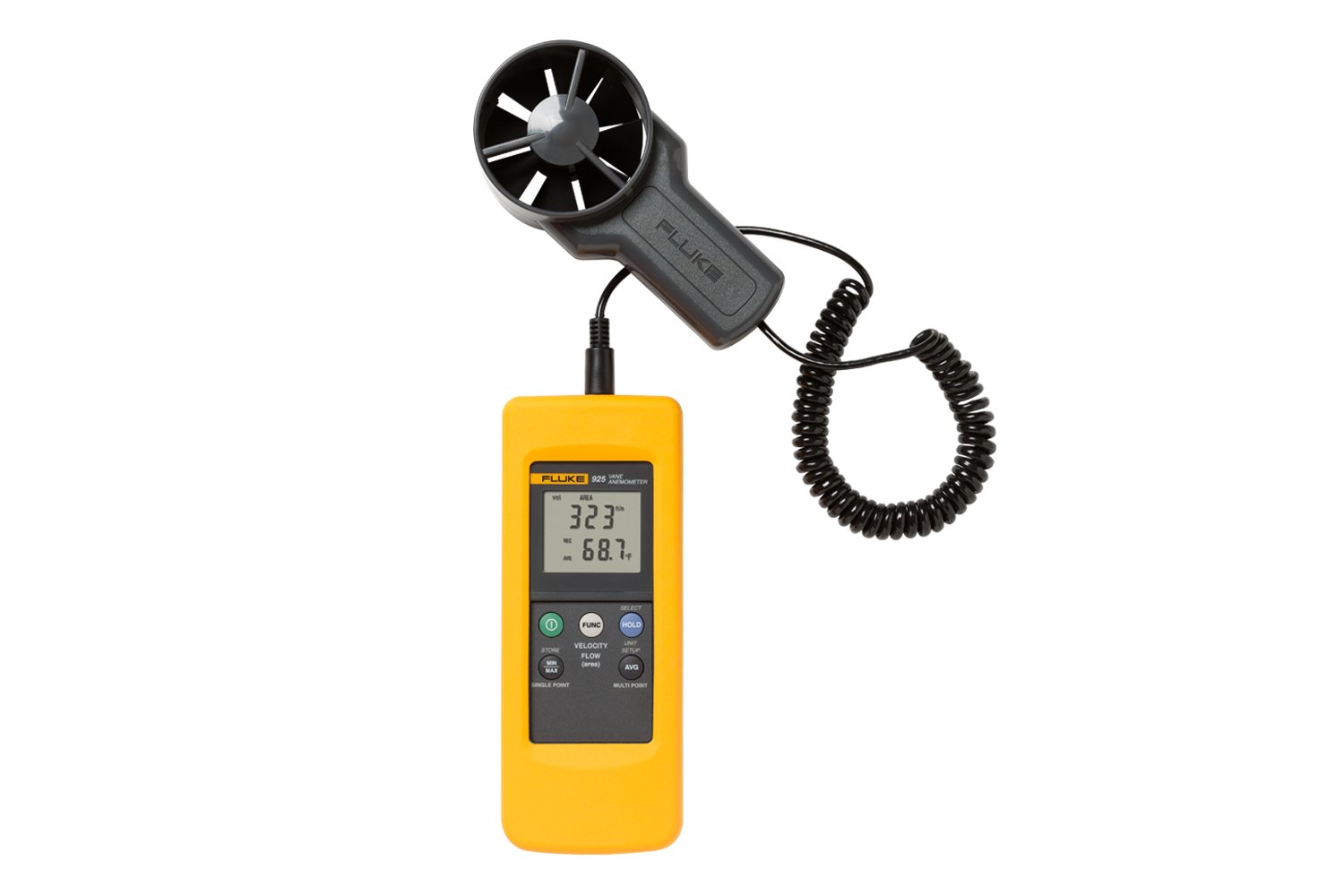Anemometer Innovations: The Most Recent Innovation for Wind Speed Measurement
Anemometer Innovations: The Most Recent Innovation for Wind Speed Measurement
Blog Article
Anemometers Revealed: Understanding Their Significance in Environmental Surveillance and Safety Measures
The duty of anemometers in ecological surveillance and safety actions is typically taken too lightly, yet their importance is indisputable. These instruments have a lengthy background rooted in scientific inquiry and technological advancements, advancing to come to be necessary tools in different fields. From weather forecasting to aeronautics security, anemometers play a vital function in providing exact information that notifies decision-making processes and boosts general safety. Recognizing the intricacies of anemometers introduces a globe of crucial insights that are fundamental to our understanding of the setting and the steps we take to make sure safety and security.
Background of Anemometers
The evolution of anemometers can be traced back to the ancient people where fundamental wind measuring gadgets were first used. These very early wind measurement devices laid the foundation for the growth of much more innovative anemometers in time. Among the earliest recognized anemometers was the hemispherical mug anemometer created by Leon Battista Alberti in the 15th century. This design included four hemispherical mugs that collected wind power, providing a dimension of its intensity based upon the rate of rotation.
Over the years, innovations in modern technology led to the advancement of more modern anemometers, including ultrasonic anemometers and laser Doppler anemometers, providing raised precision and efficiency in gauging wind rate and instructions. The history of anemometers showcases a remarkable trip of development and progress in the area of meteorology.
Types of Anemometers
Throughout the area of meteorology, numerous types of anemometers have been established to properly determine wind rate and instructions. Sonic anemometers use ultrasonic signals to gauge wind speed and instructions accurately. Hot-wire anemometers run based on the concept that the cooling effect of wind on a warmed cable is symmetrical to the wind speed.
Applications in Meteorology
Having reviewed the various types of anemometers utilized in weather forecasting for gauging wind speed and direction, it is vital to discover their useful applications in the area. Anemometers play a vital function in weather forecasting by supplying exact and real-time information on wind problems (anemometer). Meteorologists utilize anemometers to check wind speed and direction to anticipate climate patterns, problem warnings for severe climate occasions like storms, tornados, and hurricanes, and evaluate weather for aeronautics reference safety and security
In meteorology, anemometers help in recognizing regional and regional wind patterns, which are crucial for anticipating weather changes and determining weather patterns. These devices are also used in study to examine microclimates, urban warmth islands, and air contamination diffusion. Additionally, anemometers are employed in farming to optimize plant monitoring practices, such as watering and pesticide application, based upon wind problems.
Relevance in Aeronautics Security
An essential element of ensuring aeronautics security hinges on the precise tracking of wind problems using anemometers. Anemometers play a crucial function in aviation by offering real-time data on wind speed and instructions, assisting pilots in making notified decisions throughout liftoff, flight, and landing. Unpredictable and strong winds can considerably impact airplane procedures, making it necessary for aviation authorities to depend on precise wind measurements to make sure the safety of passengers and team.

In the vibrant environment of air travel, where also small modifications in wind rate and direction can have extensive results, anemometers stand as crucial devices for advertising risk-free and protected flight.
Role in Environmental Study
Anemometers play a critical function in environmental research by supplying important data on wind speed and direction. By accurately measuring wind features, anemometers help scientists assess the activity of toxins in the air, analyze the effect of industrial discharges, and predict the spread of pollutants in the setting.


Final Thought
In conclusion, anemometers have played a crucial function in environmental surveillance and safety actions. Recognizing the relevance of anemometers is vital for accurately determining wind speed and instructions, which is vital for forecasting weather condition patterns, ensuring secure aviation procedures, and performing environmental researches.
One of the earliest known anemometers was the hemispherical mug anemometer invented by Leon Battista Alberti in the 15th century. Over the years, advancements in innovation led to the advancement of even more contemporary anemometers, consisting of ultrasonic anemometers and laser Doppler anemometers, offering boosted accuracy and efficiency in determining wind speed and instructions. Hot-wire anemometers run based on the principle that the cooling result of wind on a heated cord is proportional to the wind rate. Meteorologists make use of anemometers to keep an eye on wind rate and direction to forecast weather condition patterns, issue warnings for severe climate occasions like cyclones, tornados, and hurricanes, and examine climatic problems for aeronautics security.
Comprehending the value of anemometers is vital for precisely determining wind speed and direction, which is crucial for forecasting weather patterns, guaranteeing risk-free aeronautics operations, and carrying out ecological researches. (anemometer)
Report this page